When I first stepped into Tuscany, I was struck by the incredible timeline of art that spans thousands of years across this remarkable Italian region. From ancient Etruscan tombs with their elaborate wall paintings to the magnificent Renaissance masterpieces that changed Western art forever, Tuscany holds an unmatched artistic heritage.
With six UNESCO World Heritage Sites, Tuscany offers visitors a chance to witness the evolution of human creativity in one beautiful, countryside setting.
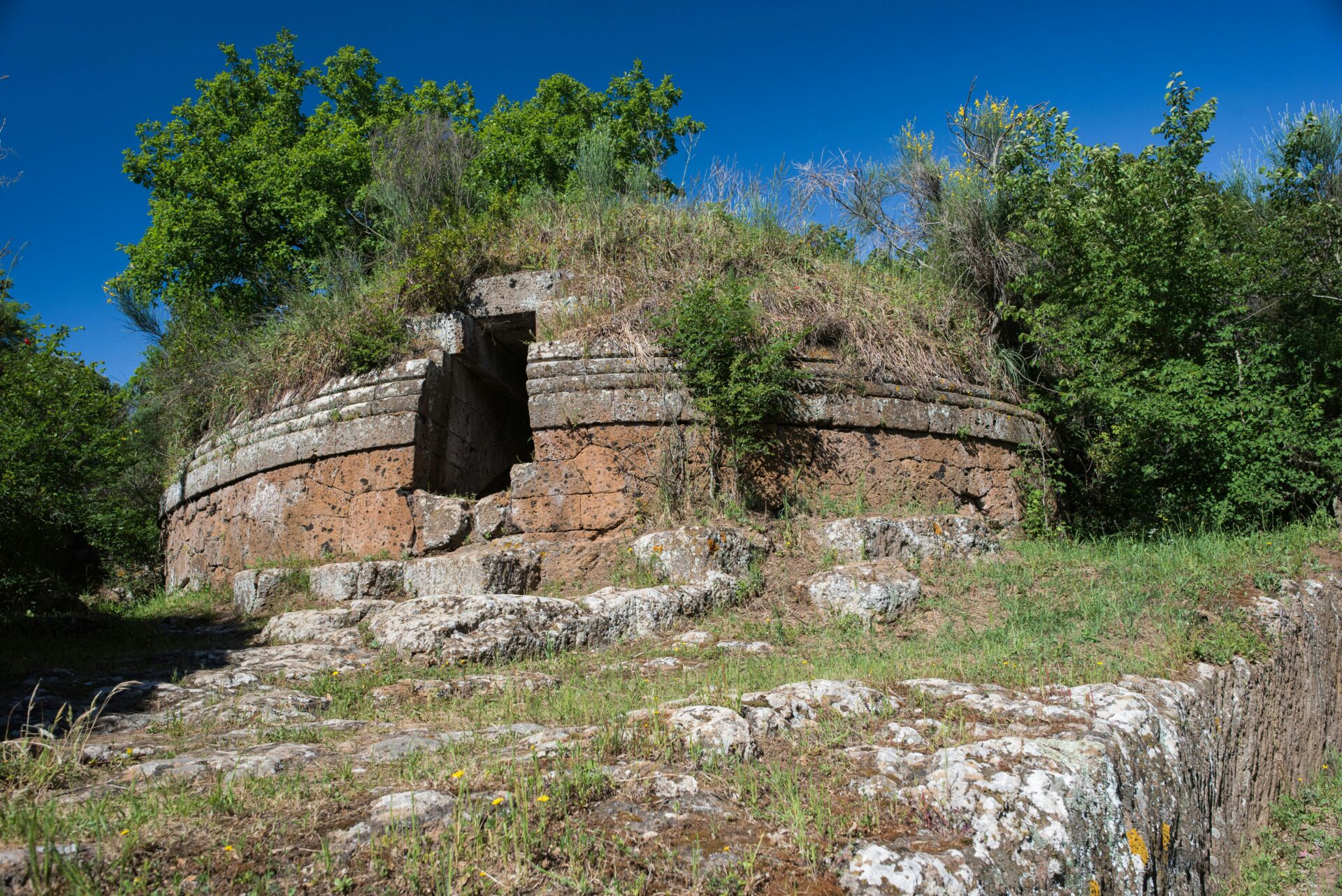
The artistic journey begins with the mysterious Etruscans, whose impressive necropolises and alabaster works show their sophisticated culture that flourished before the Romans.
Walking through these ancient sites near Siena, you can feel the connection between their artistic expressions and the land that inspired them. The Etruscan influence didn’t disappear but instead became woven into the fabric of Tuscan identity.
As you travel from Florence to smaller art towns, you’ll experience how Tuscany transformed during the Renaissance, becoming the epicenter of a cultural rebirth that shaped our modern world.
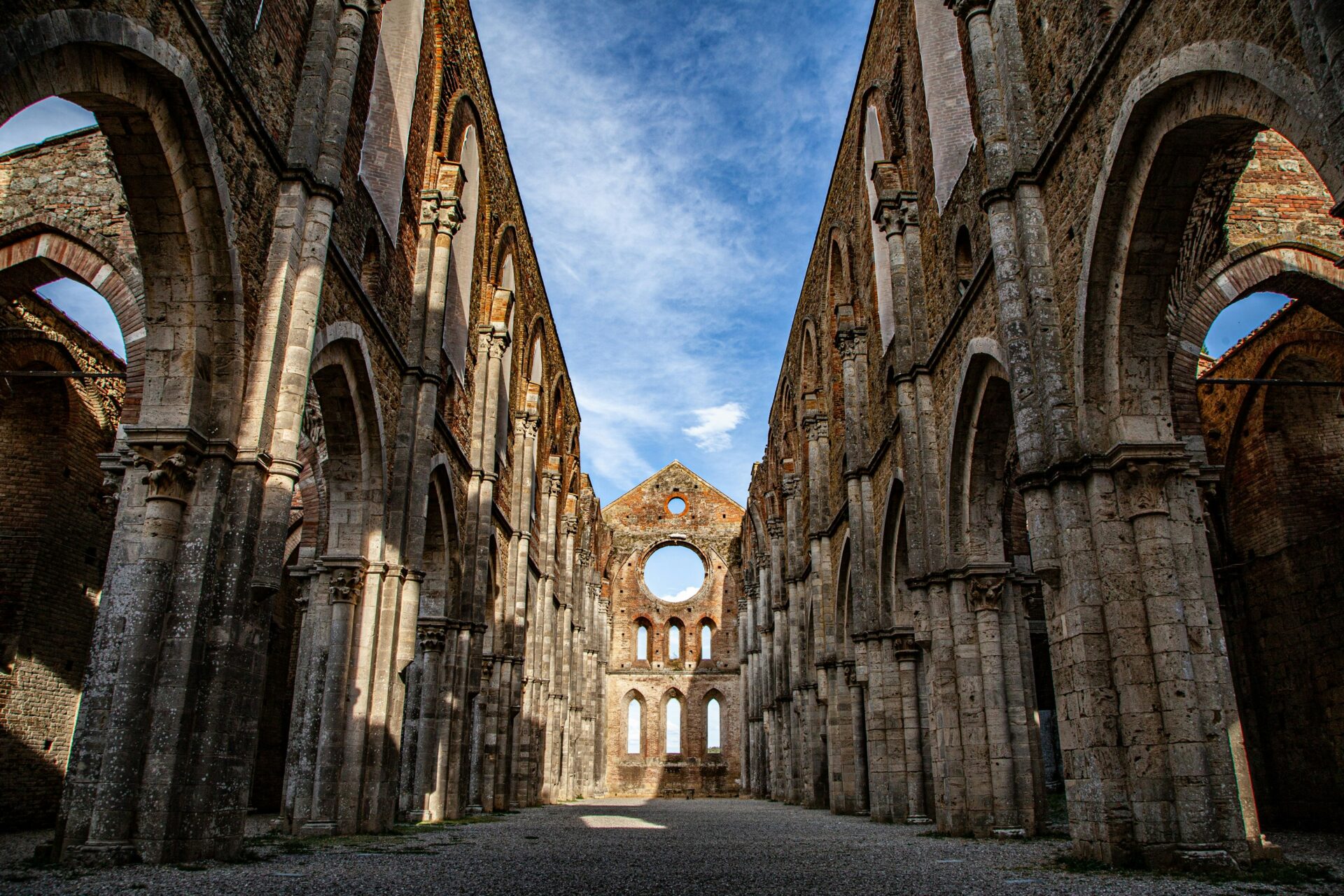
The countryside itself seems to have inspired generations of artists, with its golden light and rolling hills becoming as much a character in Tuscan art as the human figures depicted in famous works. I’ve found that understanding this artistic timeline makes every church, museum and town square come alive with deeper meaning.
The Etruscan Legacy in Tuscan Art and Culture
The Etruscans left a lasting imprint on Tuscan identity that continues to this day. Their sophisticated civilization flourished between the 8th and 3rd centuries BCE, laying the foundation for what would later become one of Italy’s most culturally rich regions.
Unearthing Etruscan Tombs
Walking through the ancient necropolis of Tarquinia feels like stepping back in time. The painted tombs here showcase some of the most vibrant artwork from pre-Roman Italy. Colorful frescoes depict banquets, hunting scenes, and religious ceremonies that give us rare glimpses into Etruscan daily life.
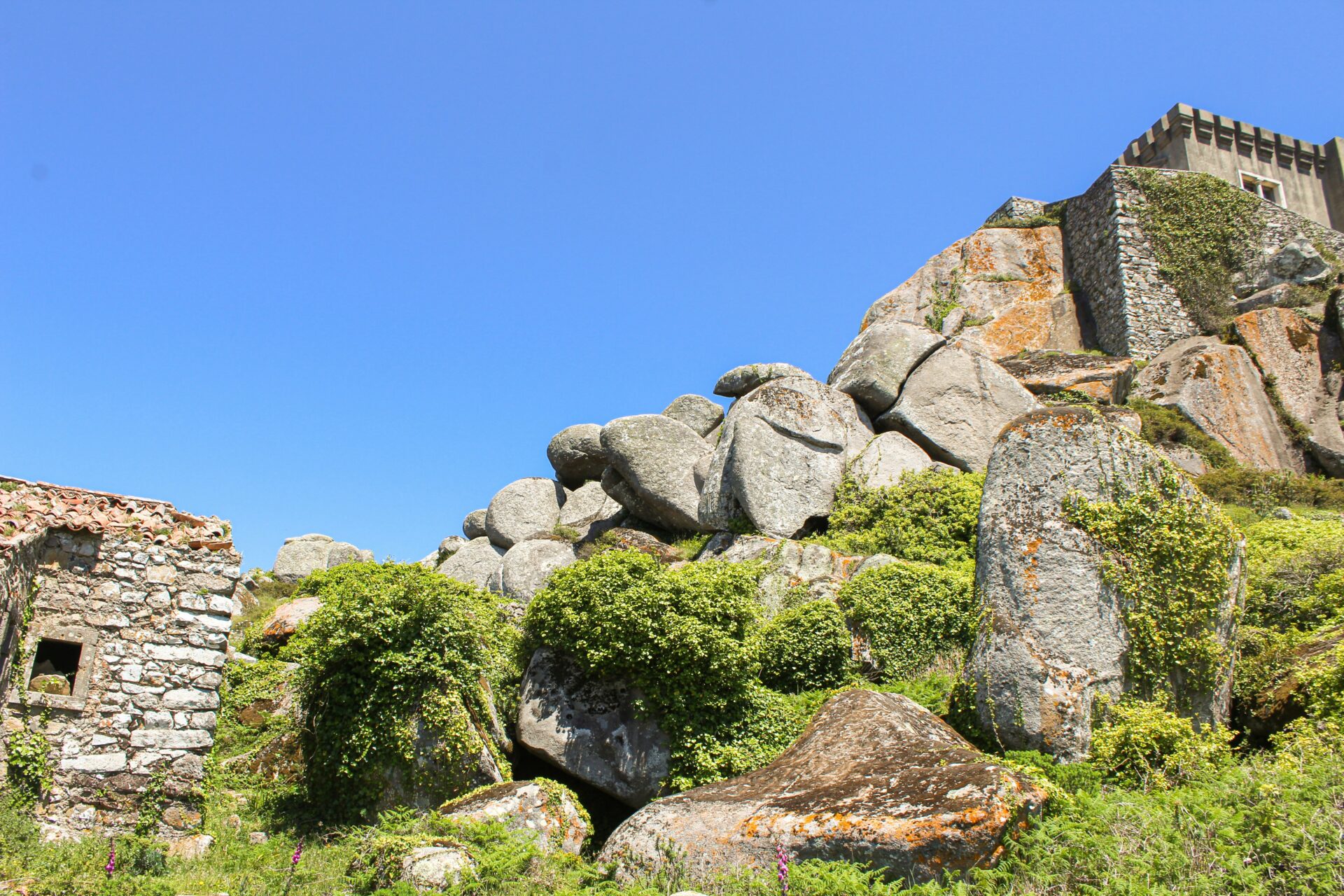
In Chiusi, I discovered an extensive network of underground tombs carved directly into the soft tufa rock. These burial chambers, often designed to resemble the homes of the deceased, contain stone sarcophagi decorated with relief sculptures.
The most impressive tombs in Orvieto sit beneath the medieval city. Here, noble Etruscan families created elaborate underground complexes with multiple chambers. Many artifacts found in these tombs now fill the city’s archaeological museum.
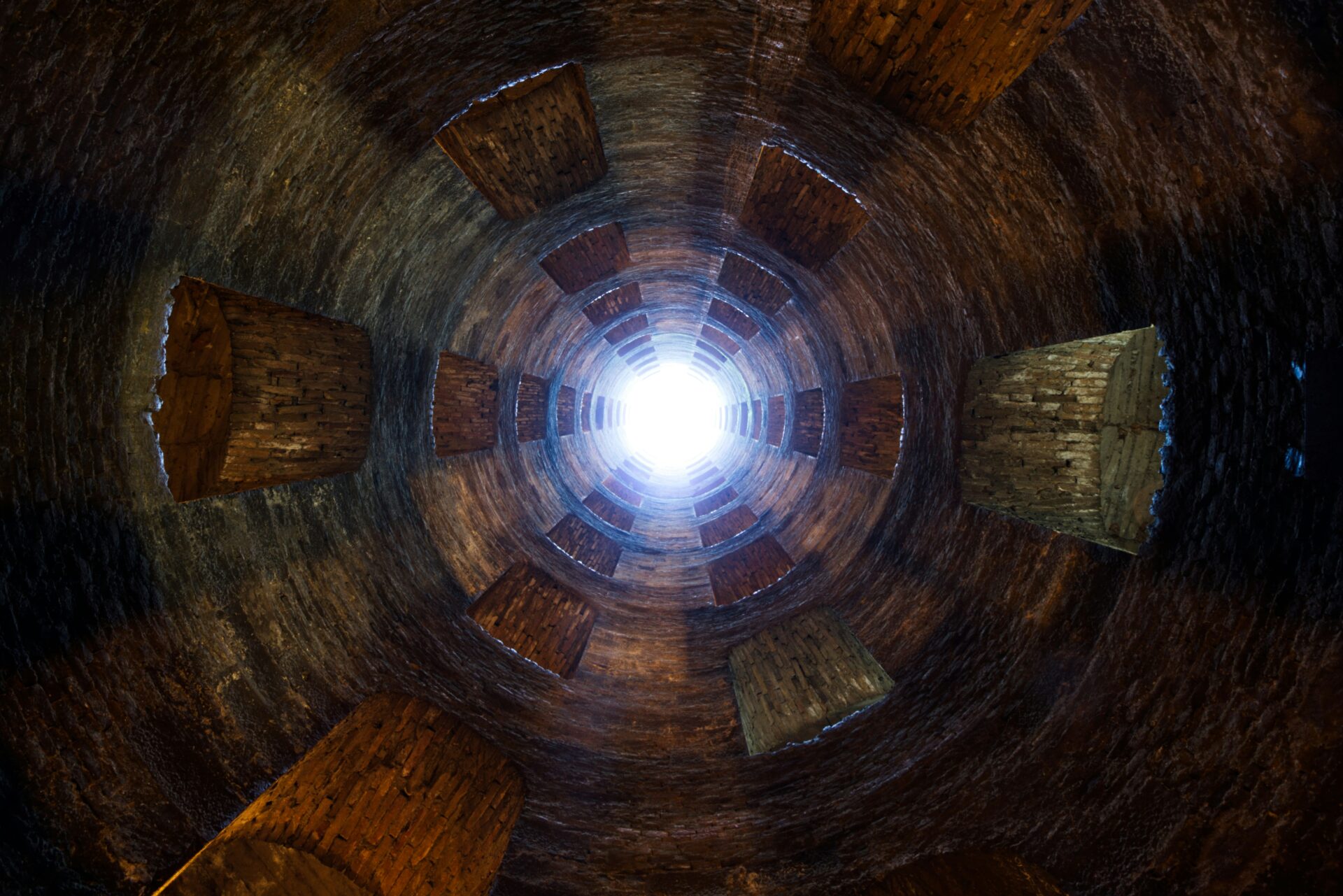
The Etruscan Influence on Tuscan Identity
Modern Tuscans take pride in their Etruscan heritage. Many local festivals and traditions have roots in Etruscan religious practices and celebrations. The ancient civilization’s expertise in metalworking, pottery, and jewelry-making continues in traditional Tuscan crafts today.
The Etruscan language, though mostly lost, contributed place names that still dot the Tuscan landscape. Cities like Volterra, Cortona, and Fiesole were major Etruscan centers before becoming Roman towns.
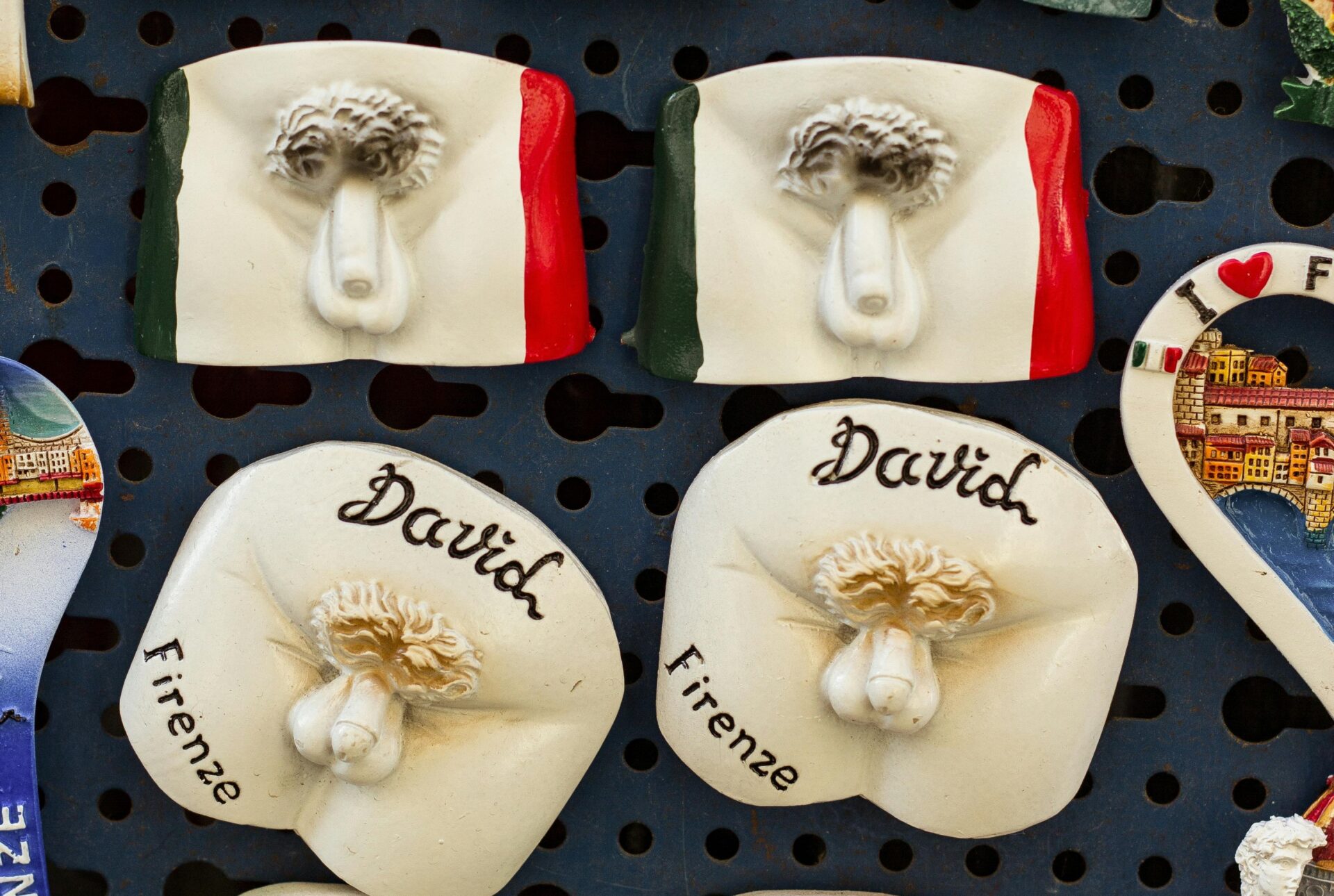
Their engineering achievements, especially in water management and road building, laid the groundwork for later Roman developments. Even Tuscan cuisine shows Etruscan influences in its focus on local ingredients and traditional cooking methods.
Museum Treasures and Artifacts
The Etruscan Museum in Florence houses one of the world’s most significant collections of this ancient culture’s artifacts. The famous “Chimera of Arezzo,” a bronze sculpture depicting a mythological fire-breathing creature, demonstrates their exceptional metalworking skills.
In Volterra’s Guarnacci Museum, I was mesmerized by the collection of funeral urns. These small alabaster boxes feature detailed portrait sculptures of the deceased reclining on the lid. Each face tells a unique story.
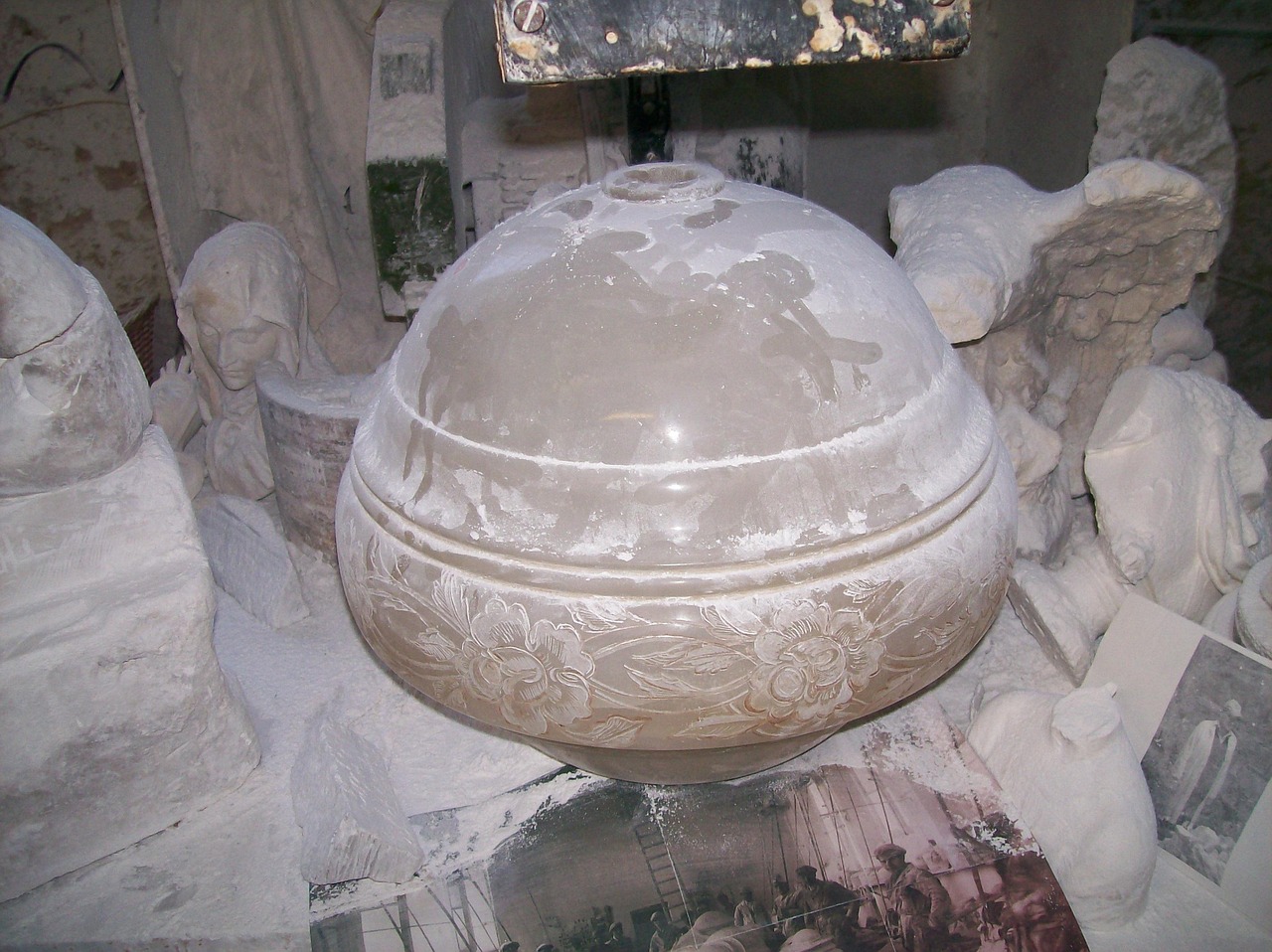
Cortona’s MAEC museum displays the remarkable “Tabula Cortonensis,” one of the longest existing Etruscan texts. Though scholars still can’t fully translate it, this bronze tablet offers rare insights into Etruscan legal practices.
The National Etruscan Museum in Rome contains treasures from across Tuscany, including delicate gold jewelry showing their sophisticated craftsmanship and artistic sensibility.
Renaissance Wonders: Florence as the Cradle of Artistic Revolution
Florence stands as the beating heart of the Renaissance, where artistic innovation and cultural rebirth transformed Western civilization. Walking through its streets, I’m constantly reminded of how this Tuscan gem nurtured the creative genius of masters whose works continue to inspire awe centuries later.
Galleria dell’Accademia: Michelangelo’s David
The first time I stood before Michelangelo’s David at the Accademia, I was speechless. This 17-foot marble masterpiece, completed when the artist was just 29, captures the human form with unparalleled perfection.
What amazes me most is how Michelangelo transformed a rejected block of marble into this symbol of Renaissance ideals. The statue’s contrapposto stance and intense expression show both physical and psychological strength.
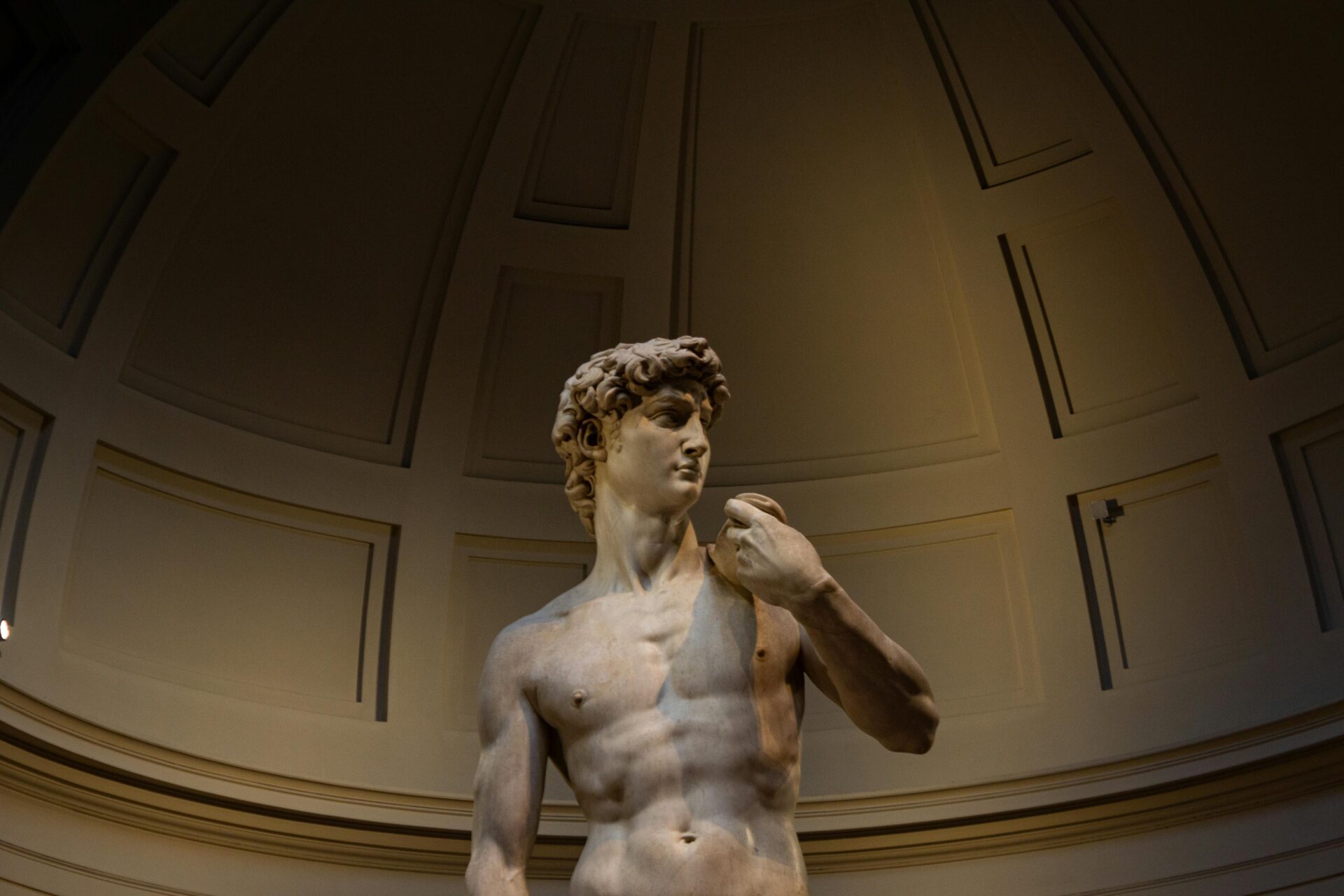
Beyond David, the gallery houses Michelangelo’s unfinished “Prisoners” sculptures, which seem to struggle to break free from their marble prisons. These works offer fascinating insight into his creative process.
I recommend visiting early morning to avoid crowds. The museum’s relatively small size makes it perfect for a focused art experience without overwhelming you.
Uffizi Gallery: A Repository of Masterpieces
The Uffizi represents the most comprehensive collection of Renaissance art I’ve ever experienced. Originally built as offices for Florentine magistrates, this U-shaped palace now safeguards treasures that changed art history forever.
Botticelli’s works alone are worth the visit. Standing before “The Birth of Venus” and “Primavera,” I’m always struck by their delicate beauty and mythological depth.

The gallery’s chronological arrangement creates a visual timeline of artistic development. From Giotto’s revolutionary perspectives to Leonardo’s “Annunciation,” I can trace the evolution of Renaissance techniques room by room.
My favorite hidden gem is the octagonal Tribuna room, designed as a treasure vault for the Medici family’s most precious artworks. The sheer concentration of masterpieces here still takes my breath away.
Florence Cathedral: An Architectural Triumph
The Florence Cathedral (Duomo) dominates the cityscape with Brunelleschi’s revolutionary dome—an engineering marvel that remains the largest brick dome ever constructed. I never tire of its striking red-tiled cupola against the Tuscan sky.
Inside, the cathedral’s vast space feels surprisingly austere compared to its elaborate exterior. The magnificent frescoes of the Last Judgment inside the dome reward those who climb the 463 steps to see them up close.
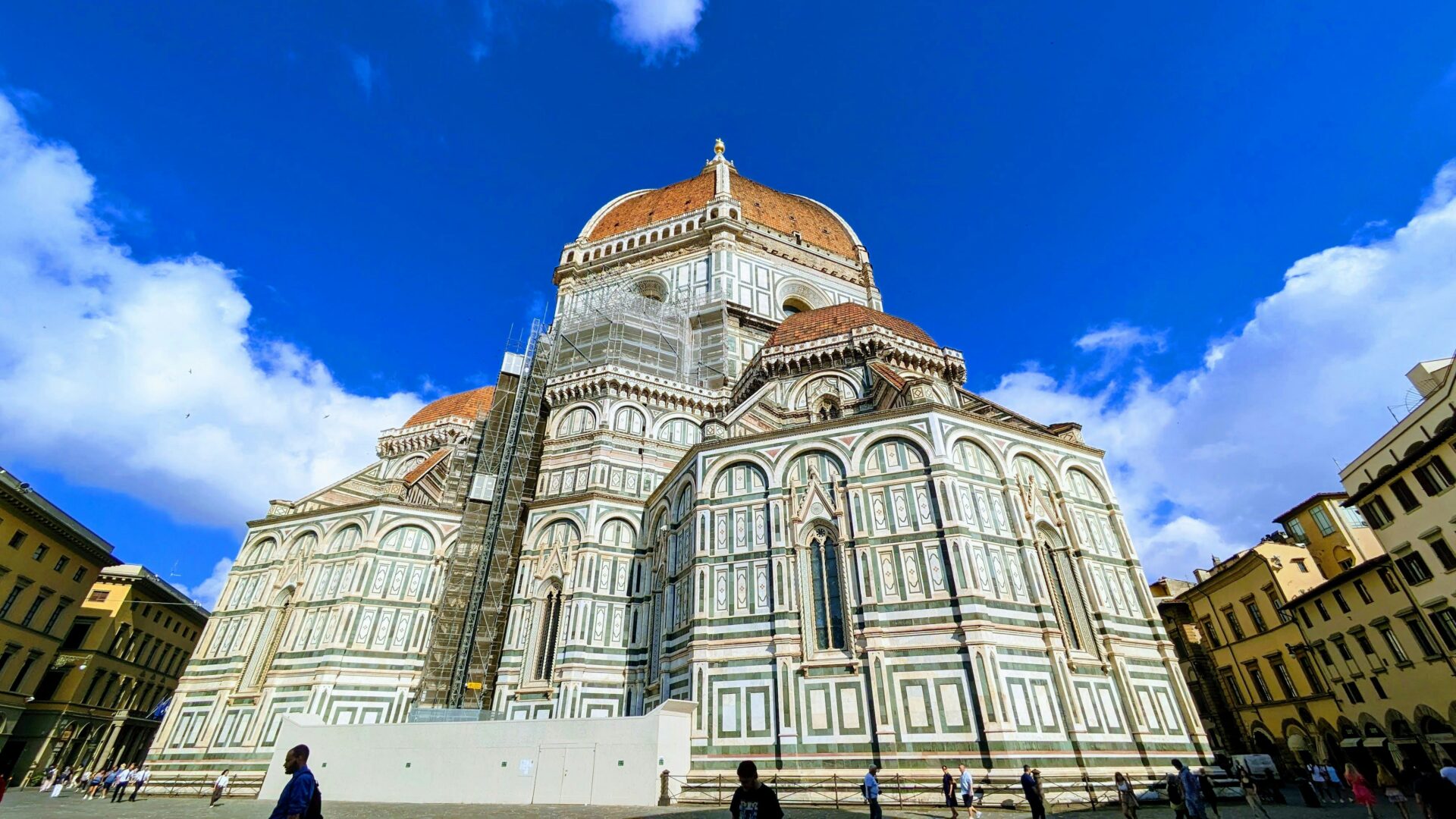
What fascinates me most is how Brunelleschi solved the seemingly impossible architectural problem of building the dome without traditional scaffolding. His innovative double-shell design revolutionized Renaissance architecture.
From the cathedral complex, I love exploring the nearby Palazzo Vecchio and crossing the Ponte Vecchio at sunset. These landmarks form the perfect architectural complement to Florence’s artistic treasures.

Medieval Splendor Across Tuscan Towns
Tuscany’s medieval towns transport visitors back through centuries with their remarkable preservation of Gothic architecture, civic pride, and artistic achievement. Each stone and tower tells a story of wealth, power, and beauty that defined the region during the Middle Ages.
The Towers of San Gimignano
Walking into San Gimignano feels like stepping into a medieval fairy tale. The town’s iconic skyline of 14 stone towers (of the original 72) earned it the nickname “Medieval Manhattan.” I was awestruck by these towers, built by wealthy families to showcase their status and power.
The Torre Grossa, standing 54 meters tall, offers breathtaking views across the Tuscan countryside. When I climbed to the top, the patchwork of vineyards and cypress trees stretched endlessly before me.

The Collegiata church houses magnificent frescoes depicting biblical scenes, painted with remarkable skill by artists like Taddeo di Bartolo. The town’s narrow streets, lined with artisan shops and wine cellars offering the local Vernaccia wine, create an authentic medieval atmosphere.
Pienza: A Renaissance Dream
Pienza represents the perfect Renaissance town, created by Pope Pius II who transformed his humble birthplace into an urban masterpiece. The town sits perfectly in the stunning Val d’Orcia landscape, a UNESCO World Heritage site.
I spent hours wandering the carefully planned streets with names like Via dell’Amore (Love Street) and Via del Bacio (Kiss Street). The central Piazza Pio II showcases ideal Renaissance proportions with the Duomo and Palazzo Piccolomini creating harmony and balance.
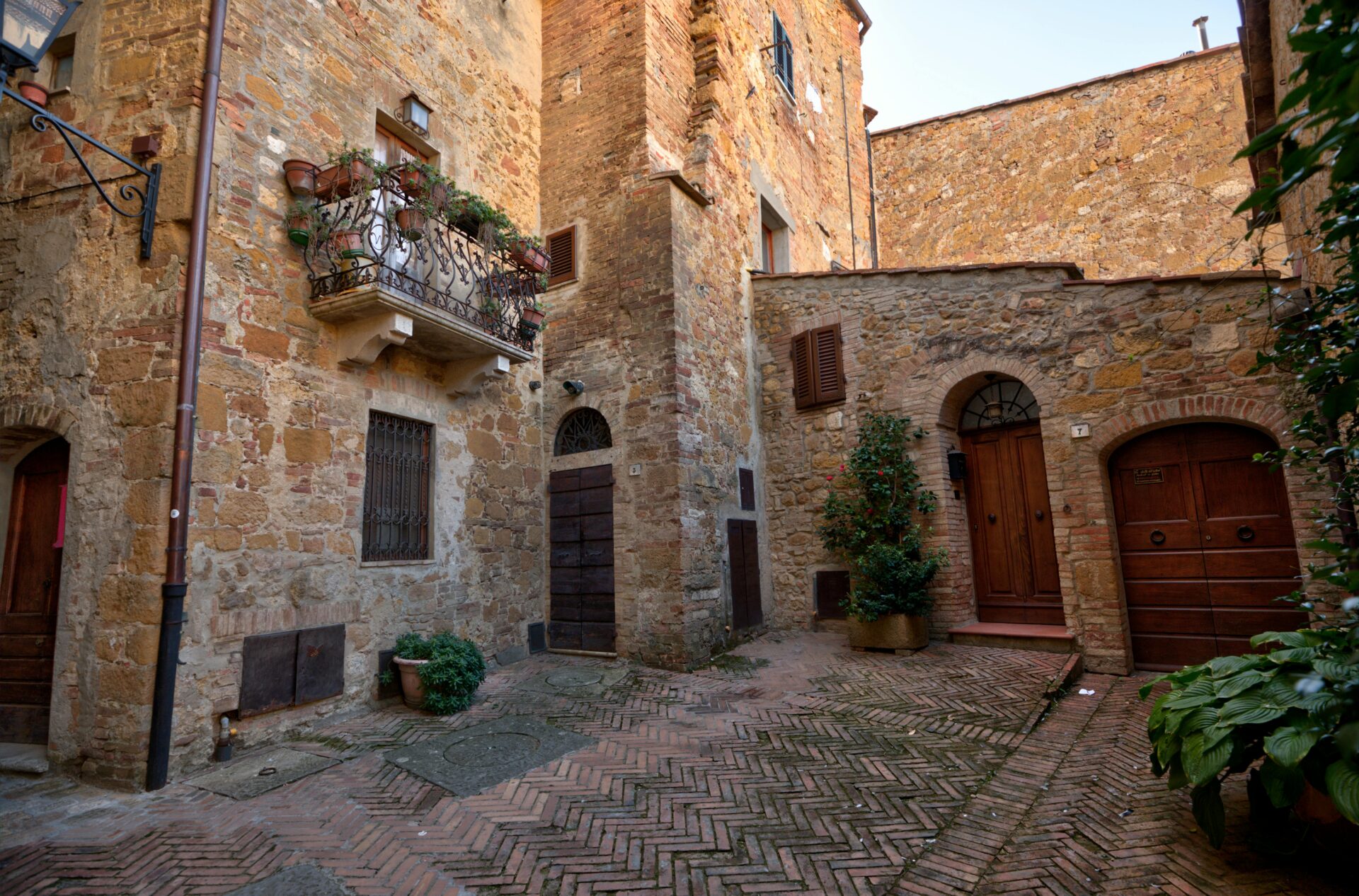
What makes Pienza special is how it blends medieval and Renaissance elements. Tiny artisan shops offer the famous Pecorino di Pienza cheese, which I enjoyed while admiring views from the town walls. The perfect integration of architecture with the rolling Tuscan landscape creates a dreamlike quality that’s unforgettable.
Siena and the Piazza del Campo
Siena’s heart is the magnificent shell-shaped Piazza del Campo, where I watched locals and visitors alike relax on the red brick pavement. This unique public space hosts the famous Palio horse race twice yearly, transforming the piazza into a medieval spectacle of neighborhood pride and fierce competition.
The Gothic Palazzo Pubblico dominates one side of the piazza, housing the Civic Museum with masterpieces like Simone Martini’s “Maestà” and Ambrogio Lorenzetti’s “Effects of Good and Bad Government” frescoes. These remarkable works aren’t just beautiful—they actively celebrated civic values.
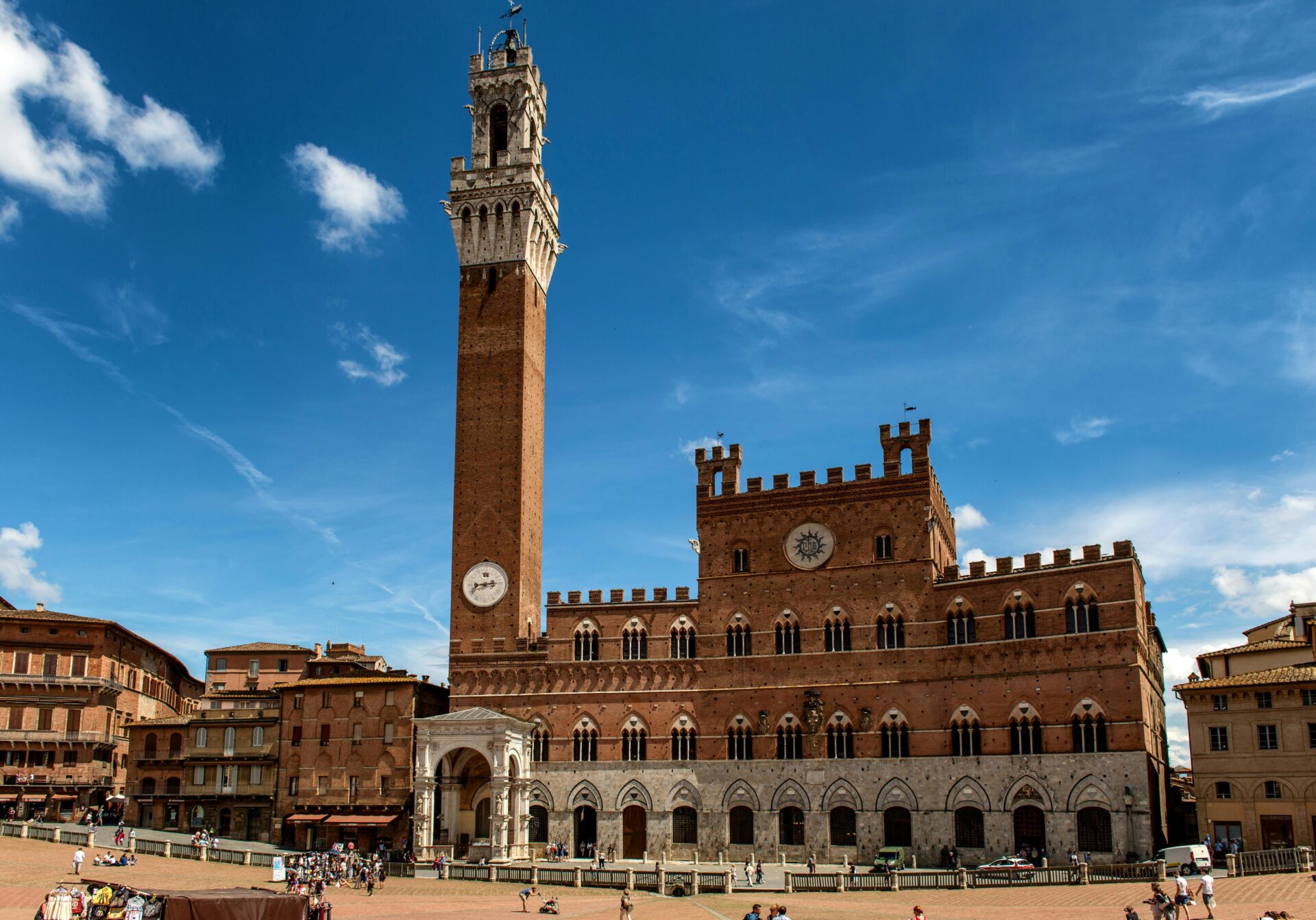
Siena’s striped marble Duomo dazzled me with its intricate façade and spectacular interior. The inlaid marble floor features 56 panels depicting biblical and allegorical scenes. Nearby, the Piazza Salimbeni, home to the world’s oldest bank, further emphasizes how medieval Siena’s wealth and artistry helped shape the cultural landscape of Tuscany we admire today.
Tuscan Vineyards and Wine Production
Tuscany’s winemaking tradition stretches back to the ancient Etruscans who first cultivated vines in this fertile region around 800 BCE. The rolling hills, Mediterranean climate, and rich soils create perfect conditions for growing grapes that produce some of Italy’s most celebrated wines.
The Chianti Region and Its Famous Reds
When I travel through the Chianti region between Florence and Siena, I’m always struck by its picture-perfect landscape of rolling hills, cypress trees, and endless vineyards. This iconic wine region produces the famous Chianti Classico, marked by its distinctive black rooster logo.
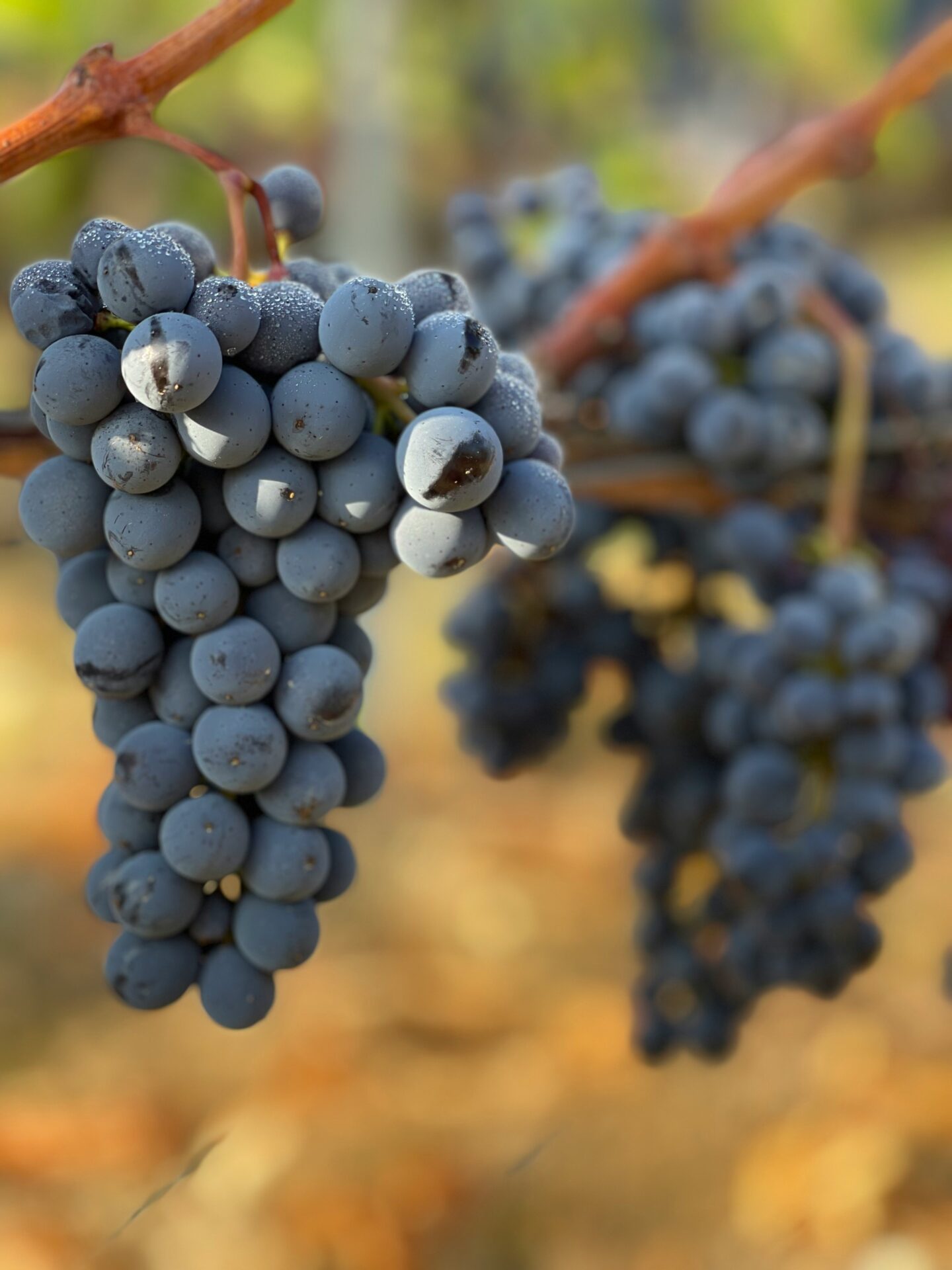
The primary grape here is Sangiovese, creating wines with bright cherry flavors and earthy notes. Traditional Chianti wines must contain at least 80% Sangiovese grapes. I’ve found that these wines pair beautifully with the region’s rustic cuisine.
Many wineries here date back centuries, with some estates operating since medieval times. The region received its official classification in 1716, making it one of the world’s oldest defined wine regions. Visitors can explore hundreds of wineries ranging from small family operations to grand estates.
Montalcino: Home of Brunello
South of Siena lies the hilltop town of Montalcino, home to what many consider Italy’s most prestigious wine – Brunello di Montalcino. I’ve spent countless afternoons sampling these exceptional reds in ancient cellars throughout the area.
Brunello is made from 100% Sangiovese grapes locally called “Brunello” (little brown one). These wines must age at least five years before release, with at least two years in oak barrels. The result is an incredibly complex wine with remarkable aging potential.
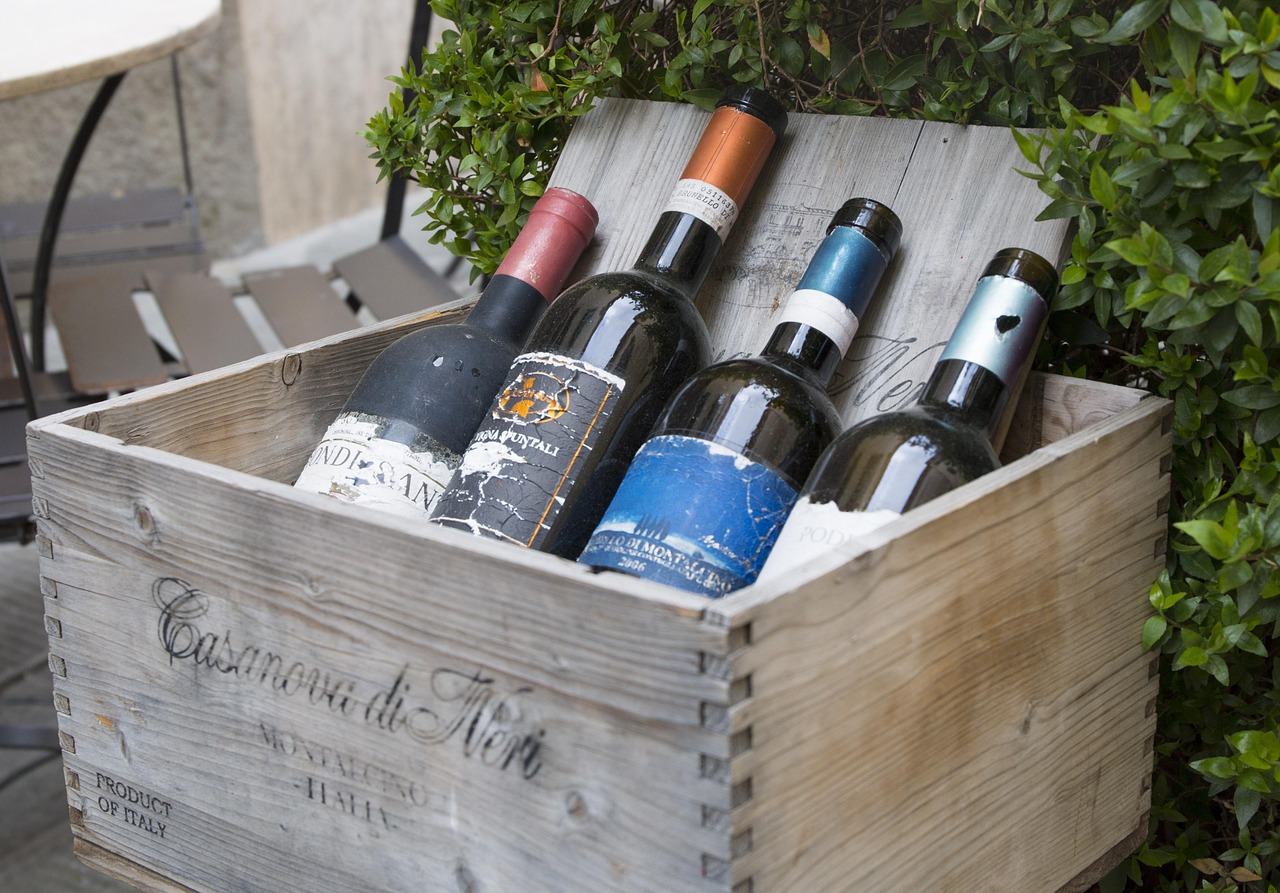
The microclimate here is warmer and drier than Chianti, producing fuller-bodied wines with rich flavors of dark fruits, leather, and spice. Many estates also produce Rosso di Montalcino, often called “baby Brunello,” which requires less aging and offers excellent value.
White Wine Traditions: Vernaccia di San Gimignano
Not all Tuscan wines are red! The medieval town of San Gimignano is famous for its striking towers and exceptional white wine, Vernaccia di San Gimignano. I always recommend this refreshing alternative to visitors who prefer whites.
Vernaccia has been produced here since the 13th century and was the first Italian wine to receive DOC status in 1966. The wine typically shows crisp acidity with notes of citrus, green apple, and sometimes a pleasant bitter almond finish.
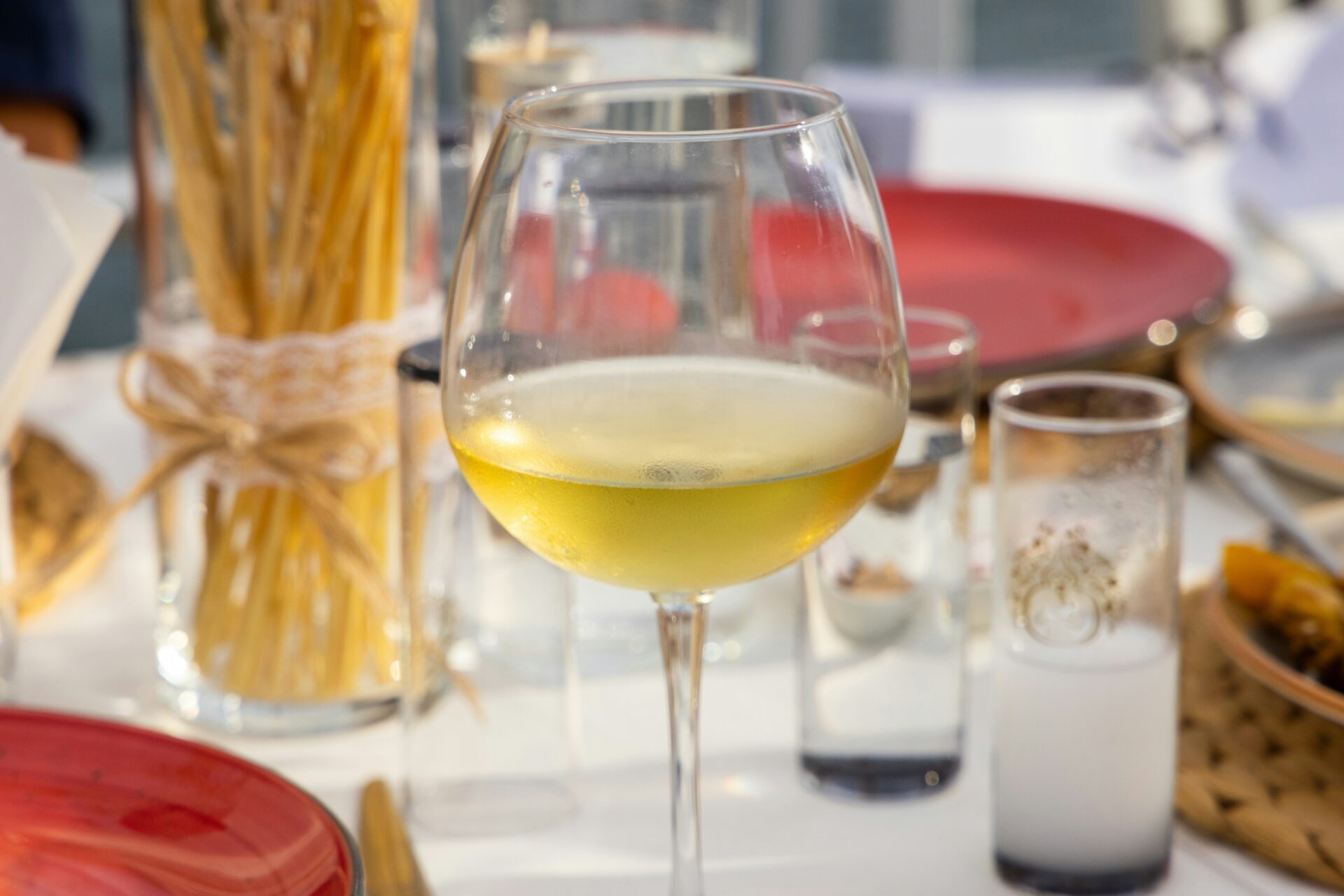
Unlike many Italian whites, quality Vernaccia can age beautifully for several years. The best producers create reserve versions that spend time in oak, adding complexity and depth.
Preserving Heritage: Conservation Efforts in Tuscany
Tuscany’s remarkable artistic legacy requires dedicated preservation efforts to ensure these treasures endure for future generations. Throughout the region, various organizations work tirelessly to protect everything from ancient Etruscan tombs to Renaissance masterpieces.
The Role of Museums and Galleries
I’ve been amazed by how Tuscan museums go beyond simply displaying art. The Uffizi Gallery in Florence employs cutting-edge conservation techniques to preserve its Renaissance masterpieces. For example, their restoration labs use technologies like infrared reflectography to examine layers beneath the paint’s surface.
Many smaller museums, like Siena’s Pinacoteca Nazionale, have implemented climate control systems. These systems maintain precise temperature and humidity levels to prevent deterioration of centuries-old paintings.
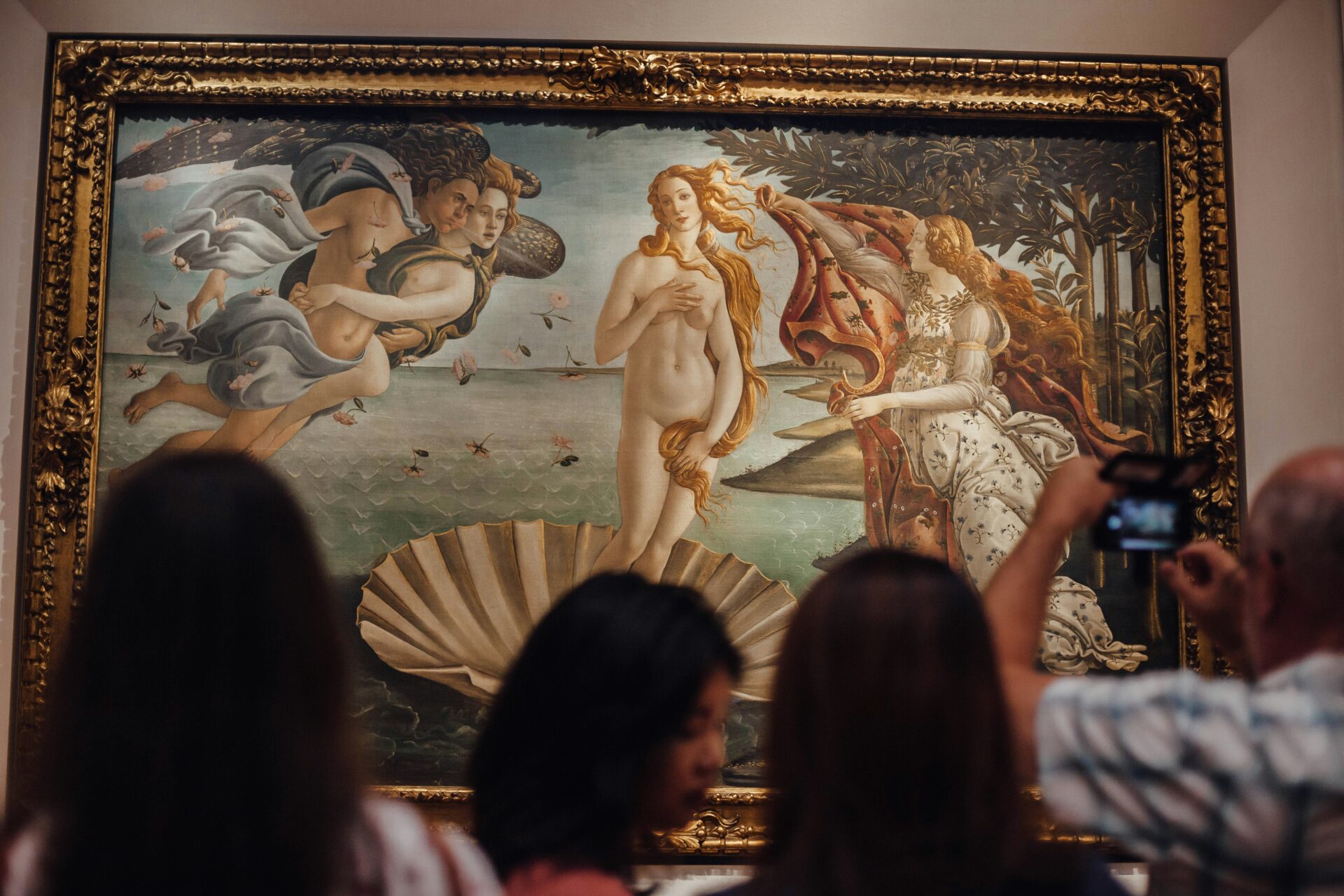
What impressed me most during my visits was how these institutions balance preservation with accessibility. The Museo dell’Opera del Duomo in Florence uses specialized glass enclosures that protect delicate sculptures while allowing visitors to view them from all angles.
Digital archiving projects have also become crucial. I watched technicians at the Bargello Museum creating high-resolution scans of Donatello’s sculptures. They’re preserving their details for study and potential future restoration needs.
UNESCO and the Protection of Tuscan Sites
Tuscany boasts six UNESCO World Heritage Sites, including the historic centers of Florence and Siena. This designation brings international attention and resources for preservation.
The Val d’Orcia, recognized by UNESCO in 2004, now benefits from strict development regulations that protect its iconic landscape of cypress-lined roads and rolling hills. When I drove through this area, I noticed how even new structures must blend with the traditional Tuscan aesthetic.
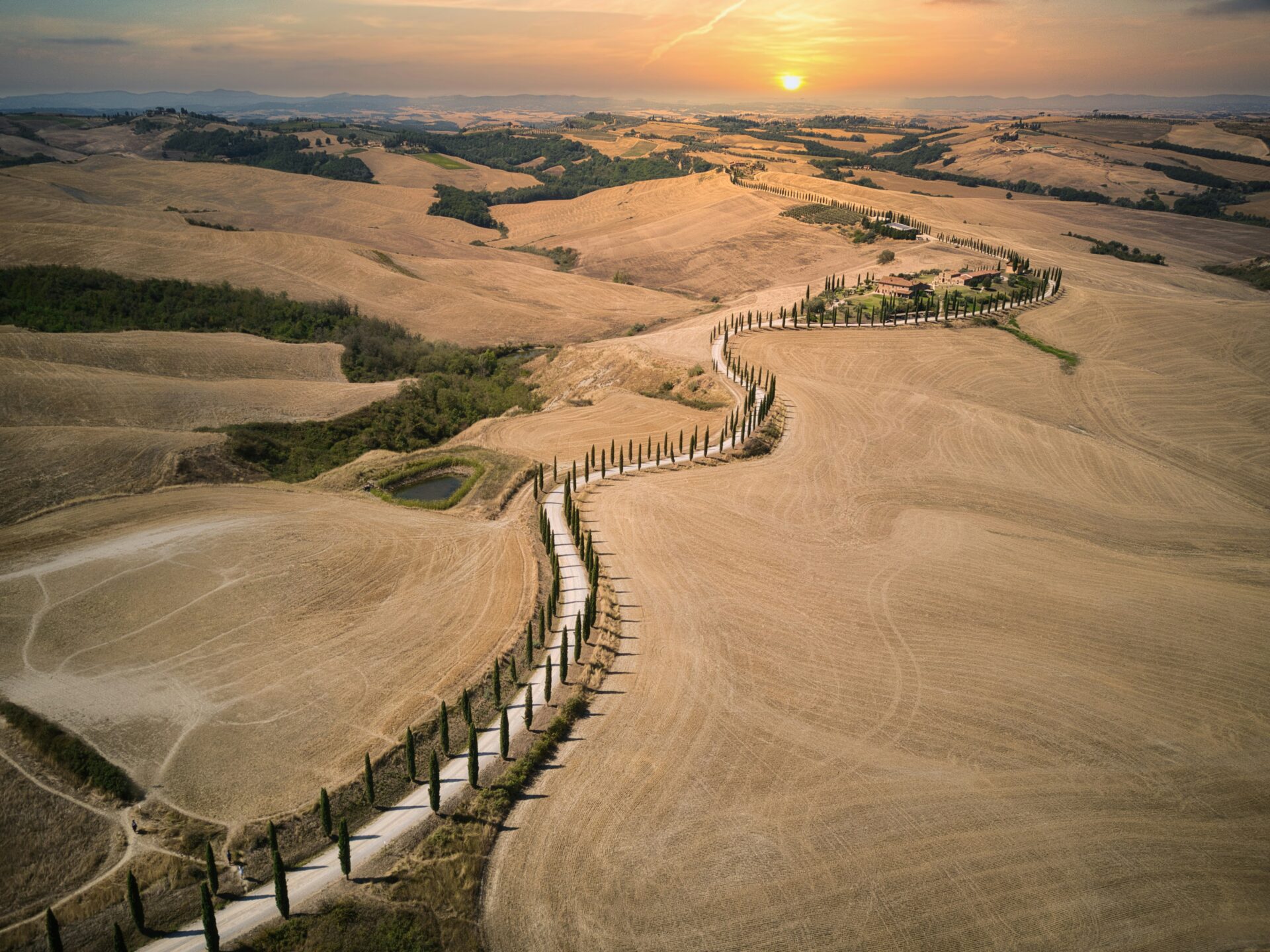
San Gimignano’s medieval towers receive ongoing structural reinforcement while maintaining their historic integrity. UNESCO funding helped stabilize these 13th-century structures against earthquake damage.
The UNESCO management plans require regular monitoring. During my conversation with a site manager in Pienza, I learned they conduct annual assessments of building conditions and environmental impacts.
Community Involvement in Heritage
Local Tuscans play a vital role in preserving their cultural heritage. I participated in a volunteer program in Cortona. Residents help clean and maintain Etruscan archaeological sites each spring.
Many towns host Festa della Storia events. At these events, children learn traditional crafts and restoration techniques. These festivals foster appreciation for heritage among younger generations.
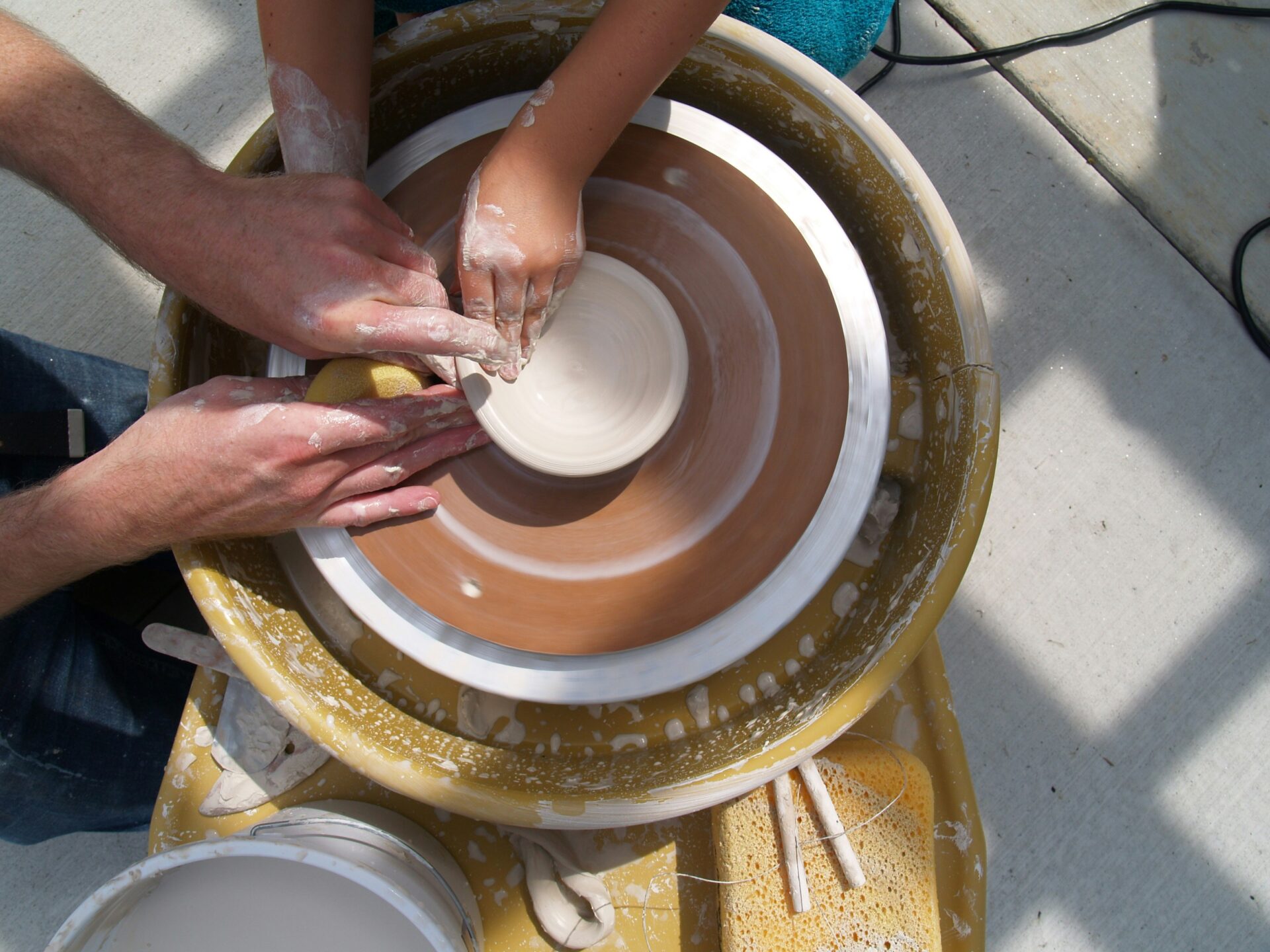
Private patronage remains important. Several wineries in the Chianti region donate portions of their profits to restore nearby historic buildings. For example, the Antinori family funds conservation work at the Abbey of Passignano.
Community-based initiatives like “Adopt a Monument” allow local businesses to sponsor the maintenance of public artworks. Walking through Lucca, I spotted several restored fountains with small plaques acknowledging these local supporters.

